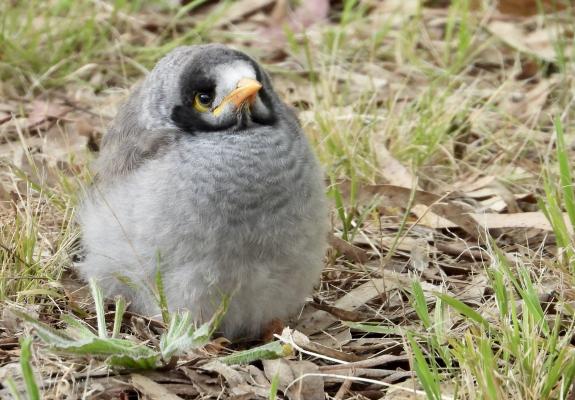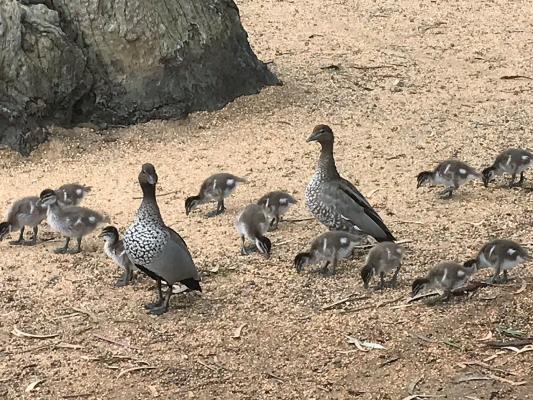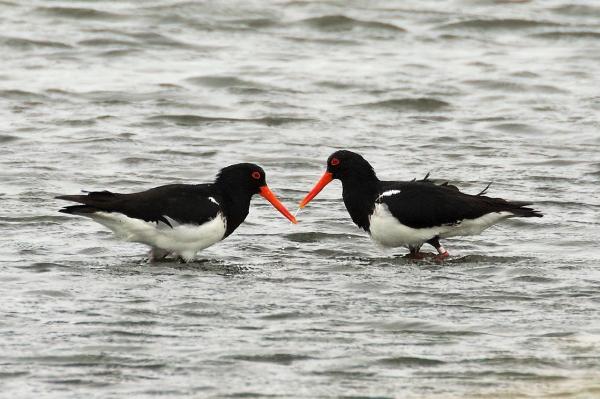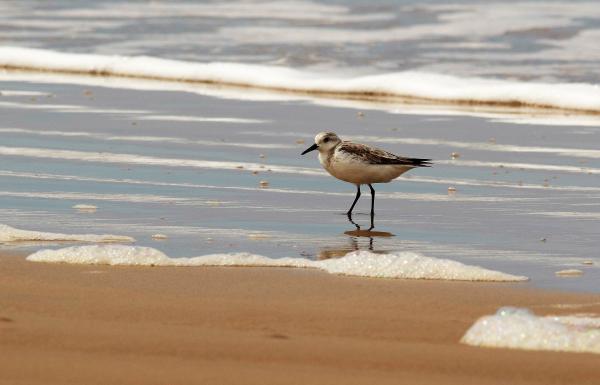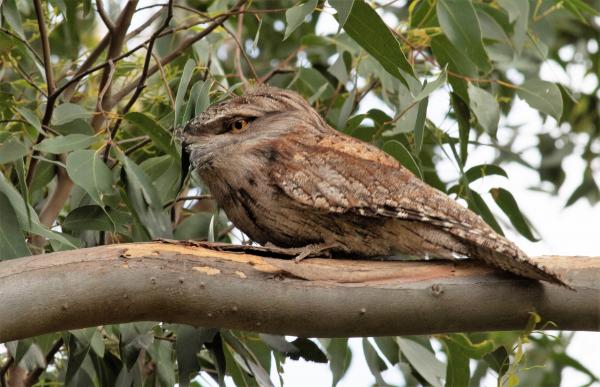I have had a very busy few weeks with work so have not been out and about much. Having said that I did take myself for a drive to Newstead, not to try and see an owlet nightjar, as I have famously ticked that bird off my list.
But due to the fact that every time I go to the Rise and Shine Nature Reserve I see something different, such as beautiful fuscous and black-chinned honeyeaters. This trip I was able to tick the elusive (for me) little lorikeet off my list, which was fantastic.
I did not see the owlet nightjar that is supposed to be commonly seen there, but I wasn’t so disappointed on this occasion.
Closer to home I was pleased to spot a newly fledged little wattlebird in the park around the corner from where I live.
I have also been watching a pair of tawny frogmouths sitting on a nest. The male sits on the nest during the daylight hours, and the female has been varying her position in trees close to the nest.
I have not seen any hatchlings as yet, but I really hope that this pair are successful at rearing a few young tawnies this year after failing to successfully breed last year.
I called into Thirteenth Beach on my way to work one day. I saw two sanderlings, one ruddy turnstone, one hooded plover, and a pair of red-capped plovers. There were no shorebirds on the rocks at the end of Thirteenth Beach at all. There was a couple walking a big dog off lead despite the ‘No Dogs on the Beach’ sign, which is a familiar sight unfortunately, and may explain the paltry numbers of shorebirds around. I love dogs but if the sign says ‘no dogs’ then they shouldn’t be there, especially off lead.
I received an email from Carole from St Leonards. She put a photo of a noisy miner on the Facebook ‘Australian Bird Photography’ page, and called the bird a ‘cute pest’. This created a massive debate about the merits or otherwise of the noisy miner.
This bird is a native bird that belongs to the honeyeater family of birds, and unlike the introduced Indian mynah, is very gregarious and extremely territorial. They can monopolise territories and frighten away other little birds.
When I was in Mildura recently I thought the noisy miners had taken over the town. They were everywhere I looked and they were even chasing ducks out of the park and across the road.
Personally Carole, I think noisy miners have very few redeeming features and make life very tough for other nectar seeking birds (and also ducks).
Carole also sent me some images of the little egret nesting colony at Queenscliff, that was first reported by Tom Fletcher a few years ago. It is great that the little egrets have been coming back to the same tree year after year, and it’s lovely to sit and watch them fly to Swan Bay and back again to feed their young in the nests.
I received an email from Alan from Ocean Grove. Alan and his wife Anne were walking near Cape Paterson in Victoria, searching for some geological features, when they heard an almighty clamour overhead and what looked like an aerial fight between two birds with one of them dropping something. They stepped back from the cliff to observe the two birds, and they were nesting high up (20m to 25m) in a natural hole in the side of the cliff.
The pair of birds turned out to be peregrine falcons. What a wonderful sight that must have been. They seem to have lived on the ledge for a while judging from the amount of bird droppings below.
Alan also sent a photo of a superb fairy wren on the beach, which was an unusual sight.
Kevin sent me some great photos of Caspian terns, crested terns, pied oystercatchers, and a male nankeen kestrel at Edwards Point Reserve and Swan Bay. One of the pied Oystercatchers was banded with the initials KD. Hopefully Kevin will be able to find out the history of this bird from the Victoria Wader Study Group as it’s always interesting to find out where a banded bird has been spotted around the state, and when and where it was initially banded.
I received an email from Lyn from Ocean Grove, who photographed some lovely ducks at Blue Waters lake, as well as a white-faced heron and yellow-billed Spoonbill. Lyn also photographed a pair of Australian wood ducks with a brood of 17 ducklings. I think that number of ducklings would have to be some sort of record.

